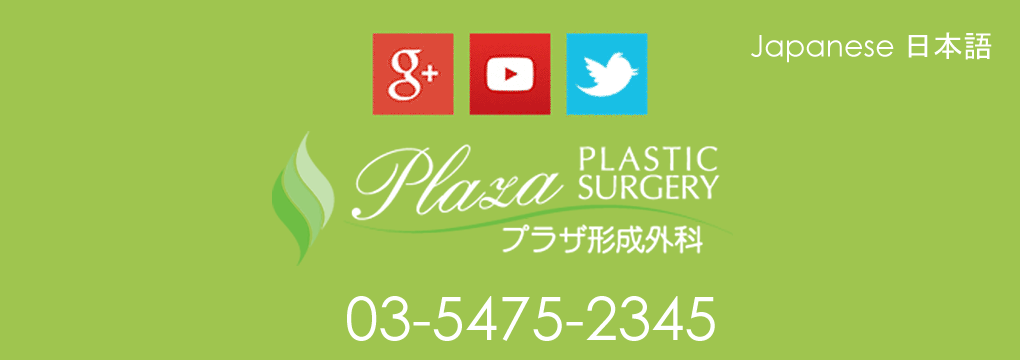The prominent ears *: Congenital standing ears (auricles) are weakly bent, cup-shaped, and protrude from the temporal region (30 degrees or more) and are usually covered by insurance.
Surgical method*
Prominent ear surgery involves making an incision in the skin behind the ear and using a method called mattress suture on the internal cartilage to create a constriction called an antihelix while bending it. There are various types of prominent ears, but the most common type is that the ear is cupped-shaped because there is no pair of wheels or there is not enough curvature, and as a result, the ears stand up. In the other type, the cartilage of the inner part of the ear, the concha, may stand up even though there is a paired ring formation. There are various degrees of hardness of the cartilage in this part, but in such cases, a thread is attached to the concha of the ear and a procedure is performed to pull it toward the skull.
*All surgeries at our hospital are performed by Dr. Kure, an American plastic surgeon and former UCLA Chief Resident.
*In some cases, it may be necessary to perform additional procedures, such as placing additional threads on the ear cup cartilage and pulling it back. This is the case, for example, in adults with hardened ear cartilage.
Approximate cost of treatment
・One-sided treatment ( 30% co-pay by Japanese health insurance): ¥58,000 (*Tricare coverage is different from this).
・Both sides: Double the above
(*In addition, preoperative examination fee is about ¥4,000 to ¥5,000.)
Prominent ear surgery complications, recovery period
・Because postoperative care is required, please be prepared to visit the clinic as needed for 1-2 weeks after surgery.
・The skin of the ear at the surgical site becomes like a skin flap, and in rare cases blood flow may be poor. Frequent visits may be necessary to prevent tissue necrosis and suppuration.
・Recurrence: In many cases, recurrence is rare, but with a certain frequency, the ear condition may reoccur in the future. This is especially true in adult patients with already stiff cartilage.
Frequently Asked Questions About Ear Surgery
Q. Please tell me about the doctor in charge of the surgery.
A.All ear surgeries are supervised by our director. The director of our clinic is the American board-certified plastic surgeon in Japan and a former Chief Resident of UCLA Plastic Surgery. He has been in the United States for 18 years and has over 30 years of experience as a surgeon. He also works as a staff member of a university hospital.
Q. Which treatment is appropriate for which type of prominent ear?
A. Basically, if the line on the outer side of the ear (anti-helix) is not properly formed or if the fold is weak, the cartilage of this part is made with mattress suture to create a fold or make it stronger to form a pair of wheels.
If this method alone does not allow the ear to rest, the central part called the concha may be standing. In that case, a method of pulling the concha into the skull may be used.
To find out which method is best for you, you need to consult with a specialist in our hospital.
Q. What are the advantages and disadvantages of treatment?
A. As a merit, the treatment is a day surgery and is performed under local anesthesia, so you can come to the clinic and receive treatment by yourself. Results are often available within hours. You can still work normally during the recovery period.
The downside is that it may recur at a certain rate. In general, the recurrence rate is said to be less than 10% in children with soft ears. On the other hand, middle-aged and older people with hardened ear cartilage or those who participate in sports that touch the ear (such as martial arts) are expected to have a recurrence rate of about 20% in the long run.
Q. What should I do if my prominent ears recur in the future?
A. If recurrence occurs in the future, we will carefully observe the actual condition and consider the best method for treatment. In some cases, we also include an approach from the front of the ear to process a wider range of cartilage. Such treatments are often performed in university hospitals.
Q. Please tell me more about complications and anesthesia.
A. A hematoma may accumulate after surgery, and a tube called a drain is inserted into the operative field to prevent this. Necrosis and suppuration of the skin are rare, but are somewhat more likely to occur in malnourished patients. Other complications are rare, but we will ask you detailed questions during your consultation.
Finally, using local anesthesia injections, the treatment is almost completely painless. The needle of the syringe used is very thin, and the injection itself does not cause much pain.




